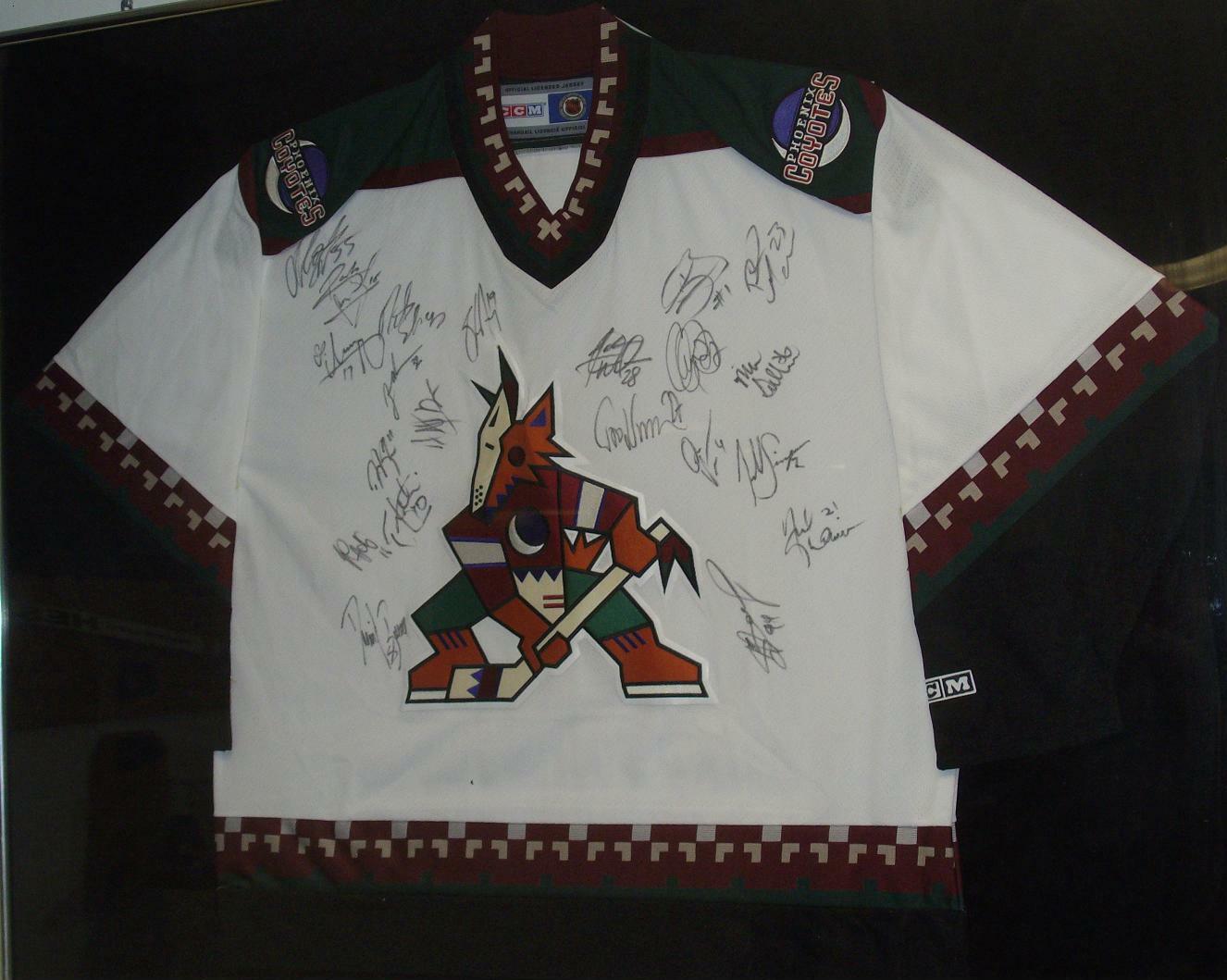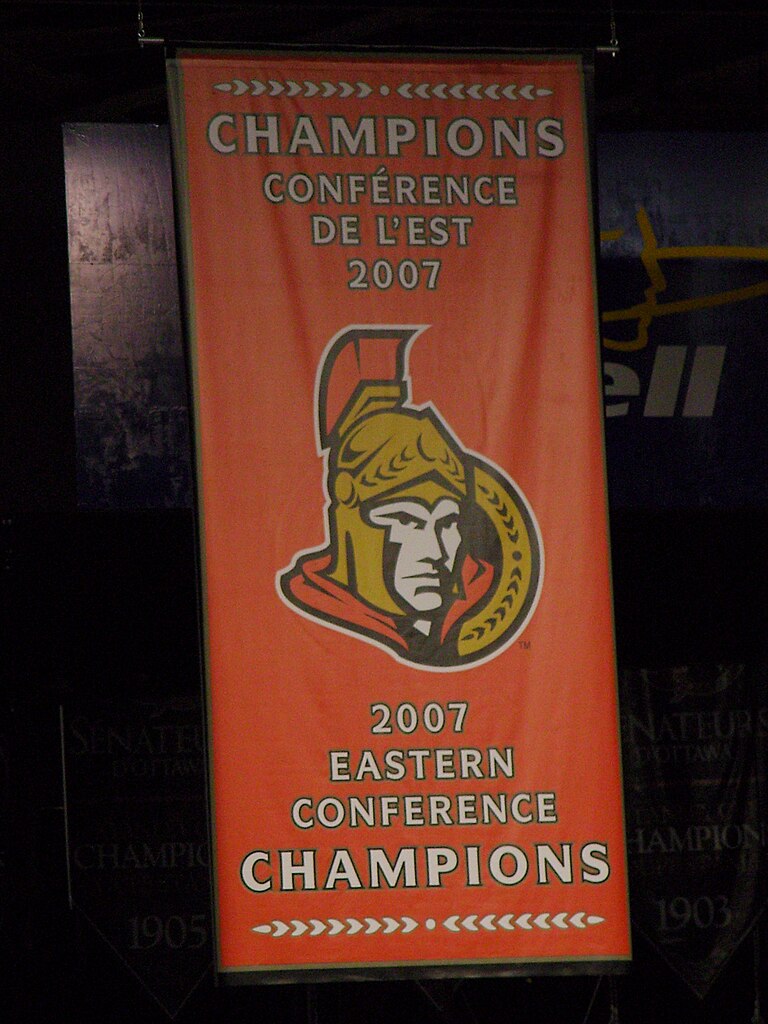By Alec Roberson
Per the terms of the collective bargaining agreement between the NHL players and the NHL in 2012 (the “CBA”), the parties may “reopen” the CBA in the fall of 2020 to start negotiating a new agreement. There are a few “big ticket items” that we can expect to see negotiated heavily in the new agreement such as Olympic participation by NHL players. With the announcement of whether the parties will in fact reopen the CBA or instead let it run until its expiration after the 2021-2022 season, I wanted to take a look back at one of the biggest but most overlooked topics of the 2012 CBA. While the NHL and the players were up day and night hammering out the CBA in 2012, we as fans were left with no hockey for half a season…….never fun……and consistent news reports and stories about the ongoing negotiations that included headlines such as “revenue sharing” and “lockout again.” However, one overlooked piece that was apparently one of the most important negotiated pieces of the CBA was the retirement plan provided to the players by the league.
The NHL’s Retirement Plan History
The NHL has traditionally been viewed as the “poor cousin” of the major professional sports leagues because of its less attractive retirement plans and the lack of bargaining strength of its union, the National Hockey League Players’ Association (“NHLPA”), when compared to other professional sports unions. Since 1986, the NHL’s retirement plan has been what is known as a “defined contribution” retirement plan. This form of a retirement plan includes common retirement plans we see today like 401(k)s. Basically, an employee contributes money to an account that can be invested and later pulls that money out at a certain time upon retirement. An employer may also make “matching contributions” to those accounts based required percentages and formulas under the Employee Retirement and Income Security Act (“ERISA”).
Not bad right? Well, one negative feature of defined contribution plans to the employee is that the risk of whether he or she will have money upon retirement or not is put on that employee and his or her investments. Most of the other major sports utilize a “defined benefit” plan which is generally seen in the form of a “pension plan.” These defined benefit plans put the risk of the payments into the hands of the employer rather than the employee. After retiring, the plan pays the employee an amount, usually per month, that is calculated by a formula consisting of years of service and the salary amount that employee made while working. The employer is on the hook for those payments. So when it comes to negotiating a plan through the CBA, the card falls like this: in the red corner you have the players represented by the NHLPA and in the blue corner you have the team owners and the league. The prize……..who will not be responsible to bear the risk of the plan.
The New “Plan”
With all of that said, this “poor” stigma may not be applicable to the NHL anymore as the the players and the league agreed in the latest CBA to return to a defined benefit plan for the players. The NHL’s plan is specifically known as a multiemployer defined benefit plan under ERISA section 3(37). This means multiple employers (i.e. the teams) are required to contribute to the plan, maintained pursuant to the CBA, which guarantees employees a defined benefit when they retire based on a formula of amount of games/seasons played. As seen above, this is different than the previous defined contribution plan.
The Timing is Odd
This change in retirement plans for the NHL came at a very interesting time that is still the economic and financial environment today. Even though most major sports have some form of a defined benefit plan, most employers across the country seem to be moving away from traditional defined benefit to defined contribution plans because of the risk factor. A movement from a defined contribution plan to a defined benefit plan is almost unheard of today. To the players, this new retirement plan became a matter of utmost importance during CBA negotiations and represented a seemingly big win for them.
The Why and How
So how did the NHLPA get the league to agree to this? One theory is simply that the NHLPA was able to achieve this through shrewd negotiating. The league negotiated a 50/50 split in revenue between players and the owners while the players received the retirement plan. Previously, the split in revenue was 57/43 in favor of the players. This was the big ticket headline across most media outlets during the CBA negotiations. This compromise on behalf of the players combined with the fact that most other major professional sports have defined benefit plans may be the simple answer as to how the players were able to get this plan.
However, there is a more cynical theory as to why the league agreed to this: the life expectancy and average career lengths of players and its effect on the cost of the payout to the league. Under the NHL’s plan, players are considered participants in the retirement plan after playing in one game at the NHL level. They cannot receive their benefits until age 62 unless they elect a pro rata share no earlier than age 45. A player will only receive full benefits if he plays ten full seasons. It is important to note that those benefits come in the form of a stream of payments paying for the life of the player, or if the player is married, a stream of payments paying for the life of that player and his spouse. There are no other beneficiaries or ability to stretch out the length of those payments. If he plays less than ten seasons, the benefits are paid at a fractional amount of the number of seasons played over ten. The plan looks at quarters of seasons for determining the amount of the benefit as twenty game increments. The amount of games counted includes games the player is active on a roster or on injured reserve. Applying all of these rules means that a player who never reaches twenty games will seemingly receive nothing under the plan, and one who played only twenty games would receive .25/10 of the maximum benefits available under the plan.
Statistically, while the average life expectancy of players may not be particularly short, the average career length is. It seems that a large percentage of players may never reach a full season of service under the plan or only barely exceed one full season. Most players don’t enter the NHL until around age twenty and a lot retire between ages twenty-two and thirty-two due to various reasons. This seems to mean that a large percentage of players will not be able to get any benefits, or if they do it is only a fractional amount. The risk of the defined benefit plan is still on the league, but these statistics may show the financial burden on the league may not be excessive.
With the increasing heat against the league related to concussions and player treatment, it is possible that this could have been a way for the league to “look good” while actually determining that the payout is not as excessive of a burden as initially seemed. For example, as stated by pension lawyer Mitch Frazier, “In the long run, it’s not good for the NHL to have news stories about homeless athletes.” Of course, it is also possible that the league wanted to protect the players and do what is best for them. At the end of the day though the NHL is a business and decisions like this run farther and deeper than many may realize. The “why” and “how” are always the questions that seem to leave us scratching our heads. It will be interesting to see if this topic gets raised in the next collective bargaining agreement.
Post image attribution: By: mark6mauno / CC BY-SA (https://creativecommons.org/licenses/by-sa/2.0)




